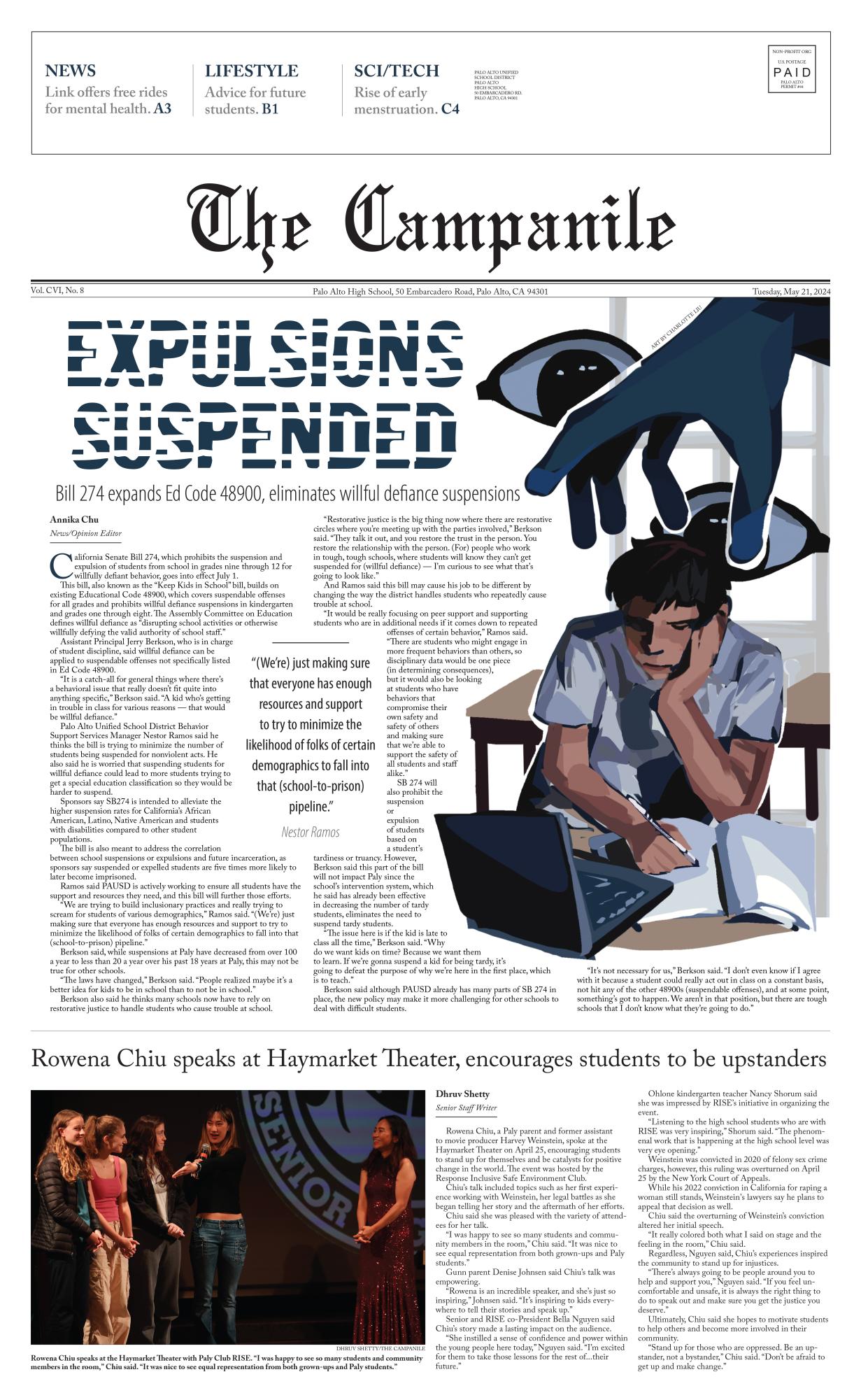With an increasing amount of science, technology, engineering and math (STEM) oriented schools, a proposal to reorganize Barron Park Elementary School and Juana Briones Elementary School into one neighborhood and one choice school was presented as an option to the Palo Alto Unified School District’s (PAUSD) School Board. The Enrollment Management Advisory Committee proposed a STEM program an option for the new choice school to consider. Within PAUSD, choice schools are application-based public elementary schools, with alternative teaching methods. Currently, Ohlone and Hoover elementary schools are the only choice schools in the district. While the implementation of this plan of a STEM School is unlikely for PAUSD, this issue brings to light a one-track education style that can be detrimental when implemented as an option for young children.
Whitney High School in Rocklin, Calif. is an ideal example of how a high school can successfully implement a STEM program. Whitney is able to use its more focused academics to enrich its students’ learning experiences. STEM programs can be an advantageous educational approach in high school and in college; however, it has no place in elementary schools.
With increasingly stricter and time-consuming demands in California Common Core, California’s elementary school teachers already struggle to cover all aspects of education, which include reading, writing and social studies, in addition to STEM subjects. By focusing more heavily on, and possibly exclusively on STEM subjects, elementary students will likely be unable to devote time to develop these other essential skills. This would result in a lack of a broad and fundamental knowledge base. Potential attendees of the possible STEM elementary school would be at a disadvantage when entering into one of PAUSD’s middle schools.
In addition, Palo Alto is located in Silicon Valley, known to be the epicenter of STEM fields. Pressure to excel in these fields would likely result in a large number of Palo Alto parents wanting to send their children to a STEM school. Asking high school seniors to commit to a college major and make life-altering decisions is already a stretch, given that most seniors have little idea what they want to study. Incoming kindergartners obviously have very little sense of what they want to study, leaving the decision up to their parents when alternative education plans are presented. Narrowing the focus of a child’s education at such an early age would prove to be detrimental as it limits children’s option.
In addition, PAUSD students who are interested in STEM fields already have other resources to further explore their interests. As PAUSD begins to shift toward complying with Next Generation Science Standards, further STEM resources will be available at all 12 elementary schools.
Even though the addition of a STEM elementary school to PAUSD seems highly unlikely, the whole concept of a one-dimensional education at such a young age is something that should be avoided in all school districts.









